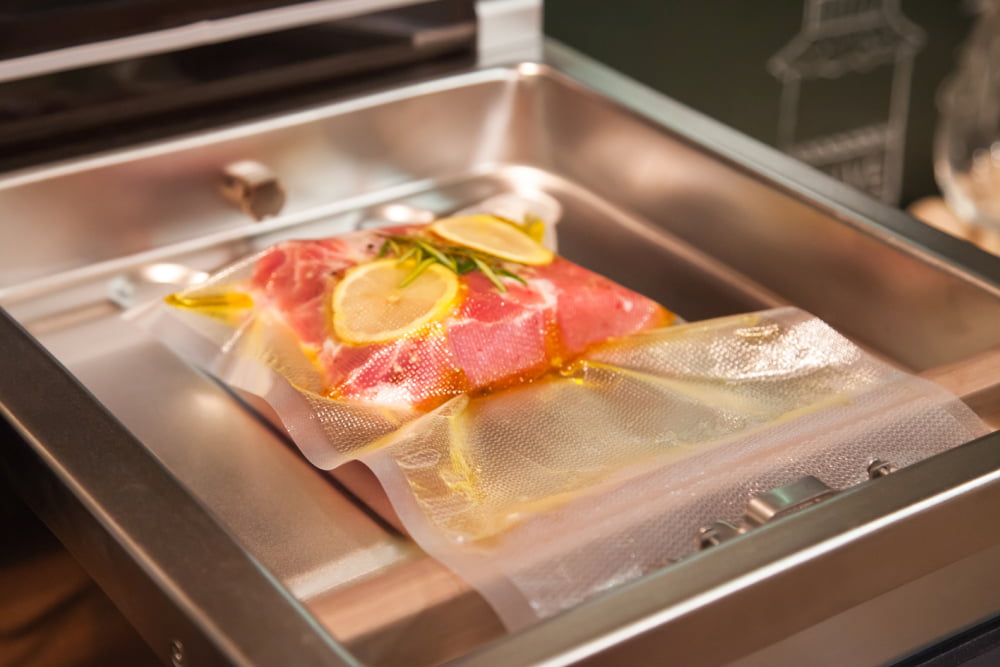6 helpful tips to vacuum seal food safely

Vacuum sealing is a packaging method that has been gaining popularity of late due to its ability to keep food fresh and tasty for longer. This technique employs a machine that limits exposure to oxygen by creating an airtight seal surrounding the food. However, not many people pay attention to how they vacuum seal their food. Keep reading to learn some simple tips to extract the most out of food vacuum sealers.
- Allow items to cool before vacuum sealing- One of the most important tips to remember when vacuum sealing food is always to let it cool down to room temperature before packing it away. Ignoring this step could trap moisture inside the bag, even with proper air removal, causing freezer burn.
- Leave space at the top- One must avoid filling their sealable bags to the top. Instead, leave some space for the air removal and make a seal. Some machines may require more space than others, so follow the manufacturer’s instructions closely.
- Freeze meats before sealing- When it comes to vacuum sealing raw meat, it is always a good idea to freeze it beforehand. It prevents bacterial activity during thawing and preserves all the meat’s natural juices, allowing one to cook safer, more succulent cuts of meat.
- Use folded wax paper for foods with sharp edges- Foods with sharp edges, such as meats, beef jerky, and dehydrated foods, can tear through or rupture sealable bags. To avoid this from happening and ensure a tight seal, cover the sharp edges with folded wax paper.
- Blanch bright veggies before sealing- To help fresh vegetables retain their nutritional value and bright color, one should blanch them before vacuum sealing them. Alternatively, arrange fresh fruits and vegetables on a baking sheet and flash-freeze them for a few hours before sealing them. This is also a great way to preserve their nutrients and avoid freezer burn.
- Freeze soup before sealing- Sealing liquids such as soups or gravies can be a messy affair. To avoid frustration, put the food in a bag and fold it over the top one to three times. Secure the bag with a non-sharp clip and freeze it for four to eight hours. Once it reaches a semi-solid or solid state, it can be vacuum sealed easily.



